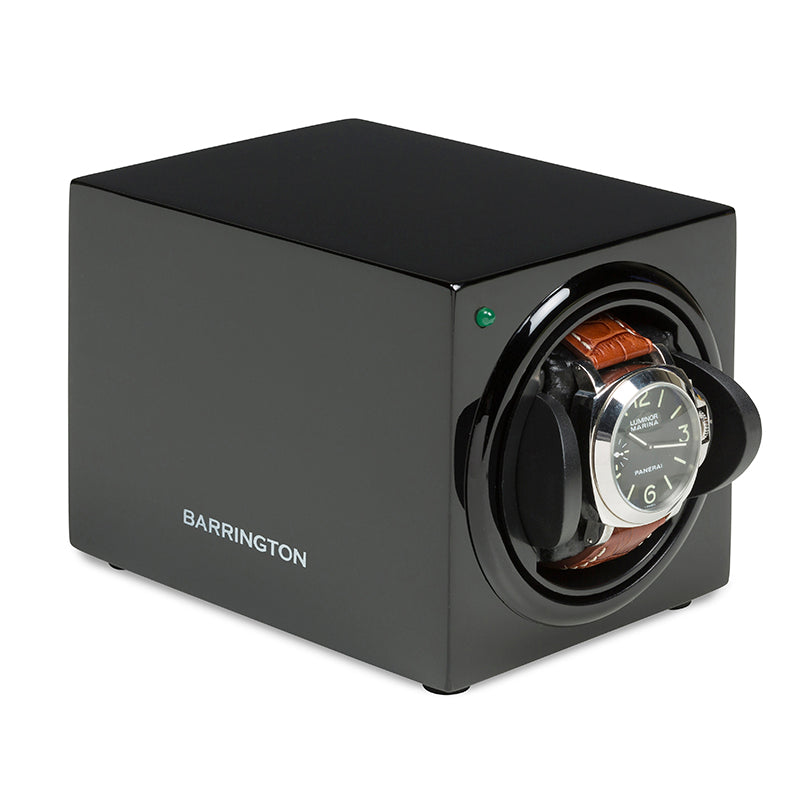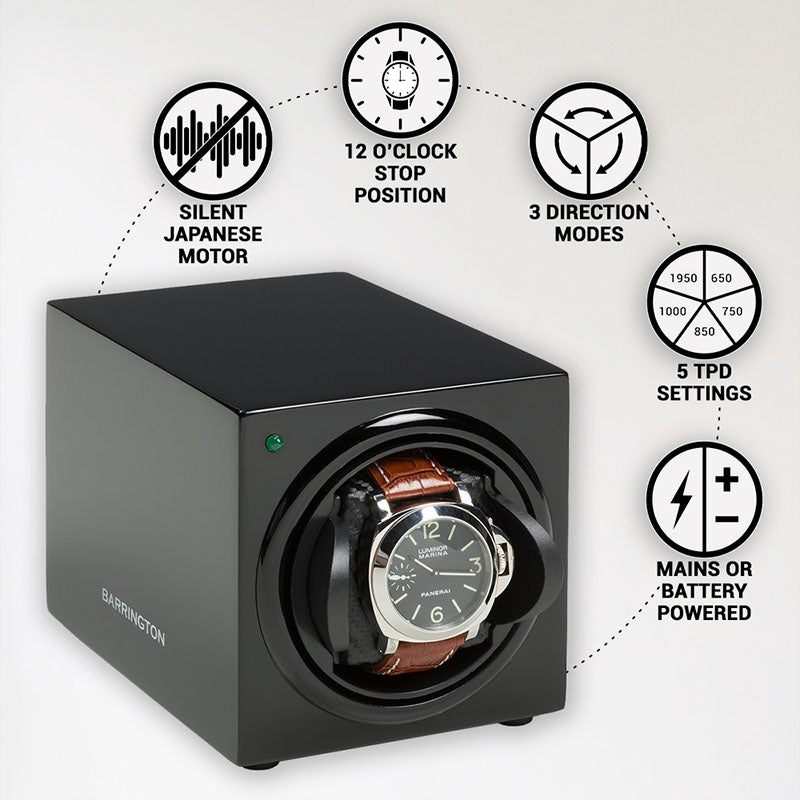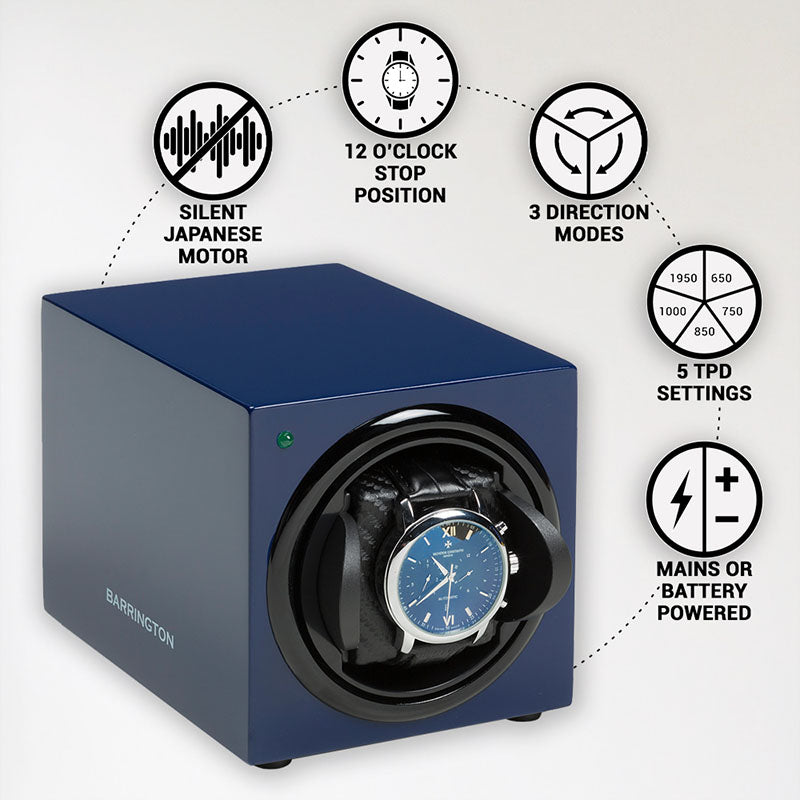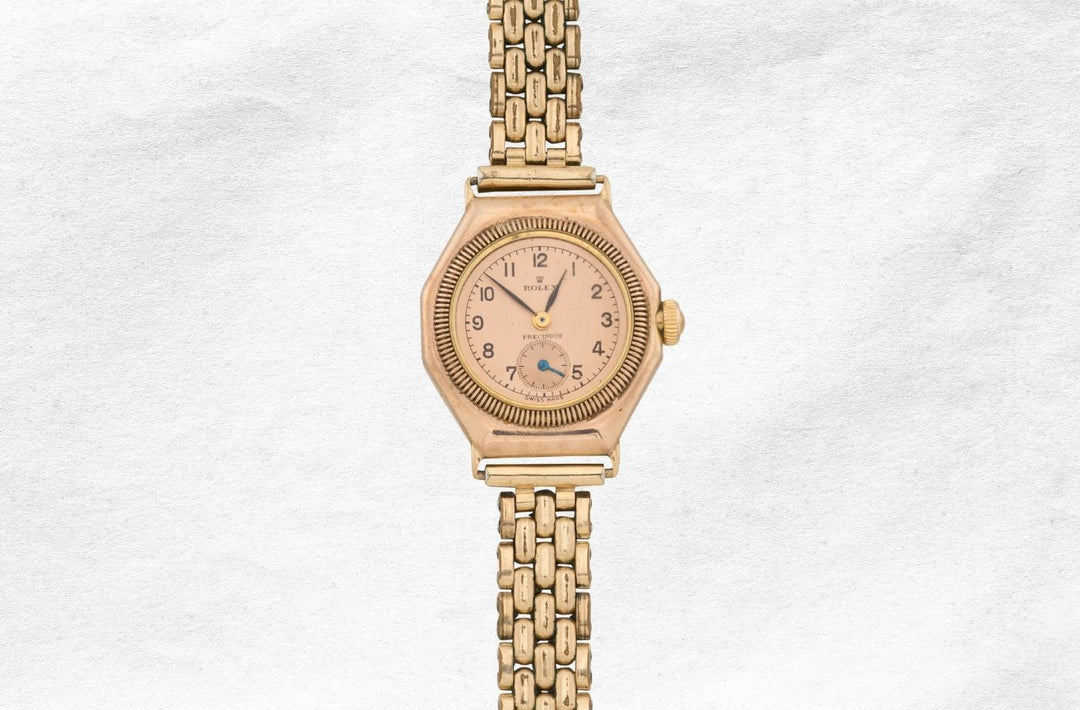Patek Philippe Unveils Groundbreaking Cubitus Collection After 25 Years
Patek Philippe has made waves in the luxury watch industry with the introduction of its Cubitus line, marking the brand's first new watch collection in a quarter of a century. However, the launch was not without controversy; much to Patek's chagrin, a leak before the official unveiling led to speculation about the collection's authenticity among collectors and enthusiasts alike.

The leak occurred a few days prior to the public reveal, stemming from an advertisement published in Fortune magazine. This early disclosure ignited a flurry of discussion across social media platforms and YouTube, with many followers doubting the legitimacy of the watches. Veteran collectors we interviewed expressed skepticism, some even suggesting the brand might have orchestrated the leak intentionally. "We don’t do a lot of surprises in our strategy," a Patek executive commented during a pre-launch dinner in Munich, suggesting an underlying commitment to brand consistency.
This new line, titled Cubitus, features a more angular case that bears a striking resemblance to Patek's iconic Nautilus. Thierry Stern, the brand's president, emphasized the importance of evolution rather than complete reinvention, stating, “You should not always reinvent everything from zero… Take the best of what you know and improve it.” The flagship model, the Ref. 5822P, measures 45 by 9.6 mm and is crafted from platinum; it includes familiar design elements like the navy horizontal embossed pattern and the hour and minute hands, alongside a distinctive baguette-cut diamond on the case edge.

Notably, the Cubitus collection incorporates a significant modification: a square shape to the octagonal case, which some observers have described as having a brutalist aesthetic. The design is perceived as a hybrid influenced by the Nautilus, Gerard Charles, and Cartier Santos Dumont—an amalgamation that Stern and his team intentionally sought. Another distinctive feature of the Ref. 5822P is its big date display at 12 o'clock; unlike its predecessors, this model comes on a strap made of durable composite material embossed with a fabric motif, a departure from the typical platinum bracelet deemed too heavy for daily wear.
At the heart of the Cubitus line lies Patek Philippe's new Caliber 240 PS CI J LU movement, a technical advancement built upon the Caliber 240 PS IRM CLU. This innovative movement offers multiple features, including a large date, moon phase, and day-of-the-week indicators that change synchronously in just 18 milliseconds. The development of this movement resulted in multiple patents, highlighting the brand's commitment to cutting-edge horology.
In terms of layout, the platinum model retains much of the classic Nautilus design, with subdials for the moon phase and seconds, but lacks the power reserve indicator. Additionally, two other variations—Ref. 5821/1A and Ref. 5821/1AR—are also part of the new collection; they feature different materials and dial colors but echo the layout of the renowned Nautilus series.

The initial response to the Cubitus collection revealed a mix of skepticism and intrigue among collectors and enthusiasts. Influencers in the vintage watch community provided feedback that ranged from amusement to discontent. Some observed that the new design seemed to be merely a squared-off version of the Nautilus; however, it appeared many would still seek to add these pieces to their collections. Even in a post-pandemic environment where the frenzy for luxury watches has diminished, demand for Patek Philippe, especially the Nautilus, endures—often including years-long waitlists.
Stern, when discussing the parallels to the Nautilus, expressed a sense of pride, admitting, “they're right.” He openly acknowledged that inspiration for the Cubitus was drawn from both the Nautilus and Aquanaut lines, as well as from Patek’s historical square models. His own previous designs also played a role, further emphasizing a connection to the brand’s legacy. Ultimately, Stern aimed to create a square watch, culminating in the naming of the Cubitus. What may seem like a straightforward concept was, in fact, the culmination of years of dedicated development.














